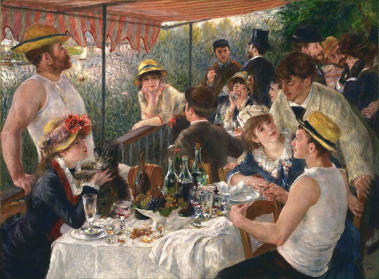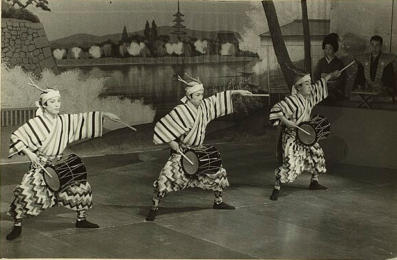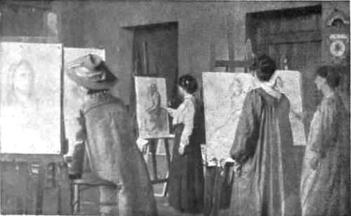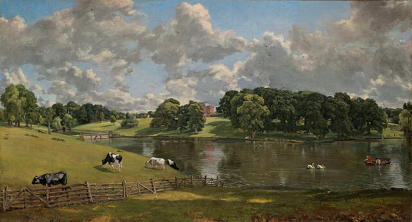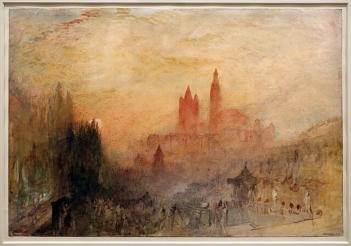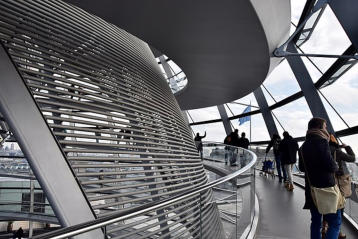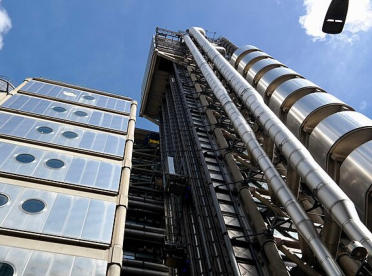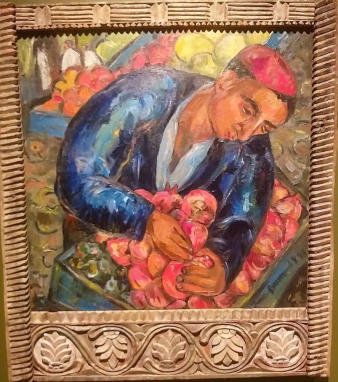PROGRAMME
Meetings will be held at Barnwell Village Hall and simultaneous Zoom hybrid
transmissions will continue to be used at the discretion of the committee.
Coffee will be available from 10:00am and the meeting will start at 10:50am.
Guests are welcome for a fee of £10, but it is important to contact the Membership
Secretary beforehand; oundlearts@gmail.com or 07917 632268.
Membership year 2025/6
Friday 19th December 2025
The Art of Partying
Alice Foster
From Greek Mosaics in the second
century, through weddings in the Bible,
Renaissance allegories of refinement and
excess, sixteenth century peasant parties
out of doors, eighteenth century
harlequins, to the celebratory styles of
twentieth century painters, the depiction of
parties has always been popular in the
history of Western Art.
Alice Foster traces the variety of
merrymaking, banqueting, dances and
music in a feast of colour.
Pierre-Auguste Renoir - Luncheon of the Boating Party
Public domain
Friday 16th January 2026
The Great Age of the Shogun: Art and Culture in the Edo Period Japan
Marie Conte-Helm
During the Edo period of rule by the Tokugawa Shogunate (1615-1868), the arts of
Japan gained in richness and diversity. With the rise of the merchant class and the
growth of cities such as Edo (modern-day Tokyo), a new vitality was injected into
traditional forms and an emerging middle class culture gave rise to exciting
developments in the visual and
performing arts.
This lecture will consider the arts of the
period including castle architecture,
golden screen painting, ukiyo-e prints,
textiles, lacquerware, and netsuke, as
well as the emergence of the
flamboyant kabuki theatre.
Danse Kabuki. Éditeur : Roger Pic (Paris)
Pic, Roger (1920-2001). Public domain
Friday 20th February 2026
National Treasures: Saving London’s Museums and Galleries in WWII
Caroline Shenton
This is the gripping and sometimes hilarious story of how a
band of heroic curators and eccentric custodians saved
Britain’s national heritage during our Darkest Hour.
As Hitler’s forces gathered on the other side of the Channel
to threaten these islands, men and women from London’s
national museums, galleries and archives forged
extraordinary plans to evacuate their collections to safety.
Friday 20th March 2026
The Creation and Early Years of the Newlyn School
Alan Read
From the 1880s Stanhope Forbes, Walter Langley, Frank Bramley and others
working in Cornwall began to be recognised as a discrete school.
Examining the process of that recognition,
there will be a description of how the work of
the Newlyn-based artists responded to
international movements and ultimately how
they came into conflict with trends elsewhere
in British art.
Ladies at work at the Newlyn Art School under the direction of Mrs Stanhope Forbes, from
Every Woman's Encyclopaedia, 1910. Unknown author. Public domain
Friday 17th April 2026
Fire and Water: The Rivalry of Turner and Constable
Matthew Morgan
Two artists developed radically opposing approaches to the emotive power of
landscape painting in Britain in the early 19th Century.
One was dramatic, bombastic and fiery, intending to provoke powerful emotions and
elevated thoughts. The other was spiritual, heartfelt and closely observed, asking
the viewer to react to an intense, inward and personal approach to nature.
These two artists were JMW Turner and John Constable, the leading British artists
of their day. Not only did they approach painting in different ways but their lives were
opposites as well. This lecture will explore their different approaches and their
famous, bitter rivalry.
John Constable - Wivenhoe Park, Essex
Public domain
JMW Turner, losanna, tramonto, 1841-42.jpg
Drawings in Tate Britain. Sailko
Creative Commons Attribution 3.0
Friday 15th May 2026
In the Footsteps of Wren: The Architecture of Norman Foster and Richard
Rogers
Brian Stater
Whenever a radical building appears, someone, somewhere, insists: “Christopher
Wren would be turning in his grave.”
That barb was certainly endured by Richard Rogers and Norman Foster, who
embraced modernism, building in steel, glass and concrete, while Wren designed in
the classical style, using timber and stone.
But when Rogers was awarded the Royal Gold Medal for Architecture, the citation
observed that he was “the rightful heir to the traditions of Wren”. And the same might
very well be said of Foster.
Norman Foster. Reichstag Done, Berlin. Ank
Kumar, Infosys. Creative Commons Attribution-
Share Alike 4.0
Richard Rogers. Looking up Lloyd's building in
City of London in September 2024.
Choinowski. Creative Commons Attribution-
Share Alike 4.0
Friday 19th June 2026
Irma Stein (1894-1966): Flowers and Faces of Southern Africa
Christopher Garibaldi
Irma Stern was one of the most important and
influential artists to come out of South Africa in
the twentieth century. A near contemporary of
Munnings, her art shows some stylistic
similarities although her subjects were very
different.
A similar concern with figurative painting was in
Stern’s case directed at the production of
luxurious flower paintings in the manner of Van
Gogh whilst perhaps her most original
achievement were the powerful portraits she
painted of black African sitters in exotic
locations and costumes.
Irma Stern Fruit seller in Zanzibar, with Zanzibari
carved frame, Norval Foundation Cape Town Irma
Stern (1894-1966)
Creative Commons Attribution-Share Alike 4.0
Disclaimer: The Arts Society Oundle cannot be held responsible for any
personal accident, damage to, or loss or theft of members’ personal property
unless there is proven negligence. Legal liability insurance is in force.
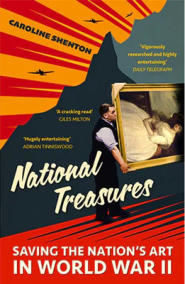
Web site and mobile phone pages designed, created and maintained by Janet Groome, Handshake Computer
Training
